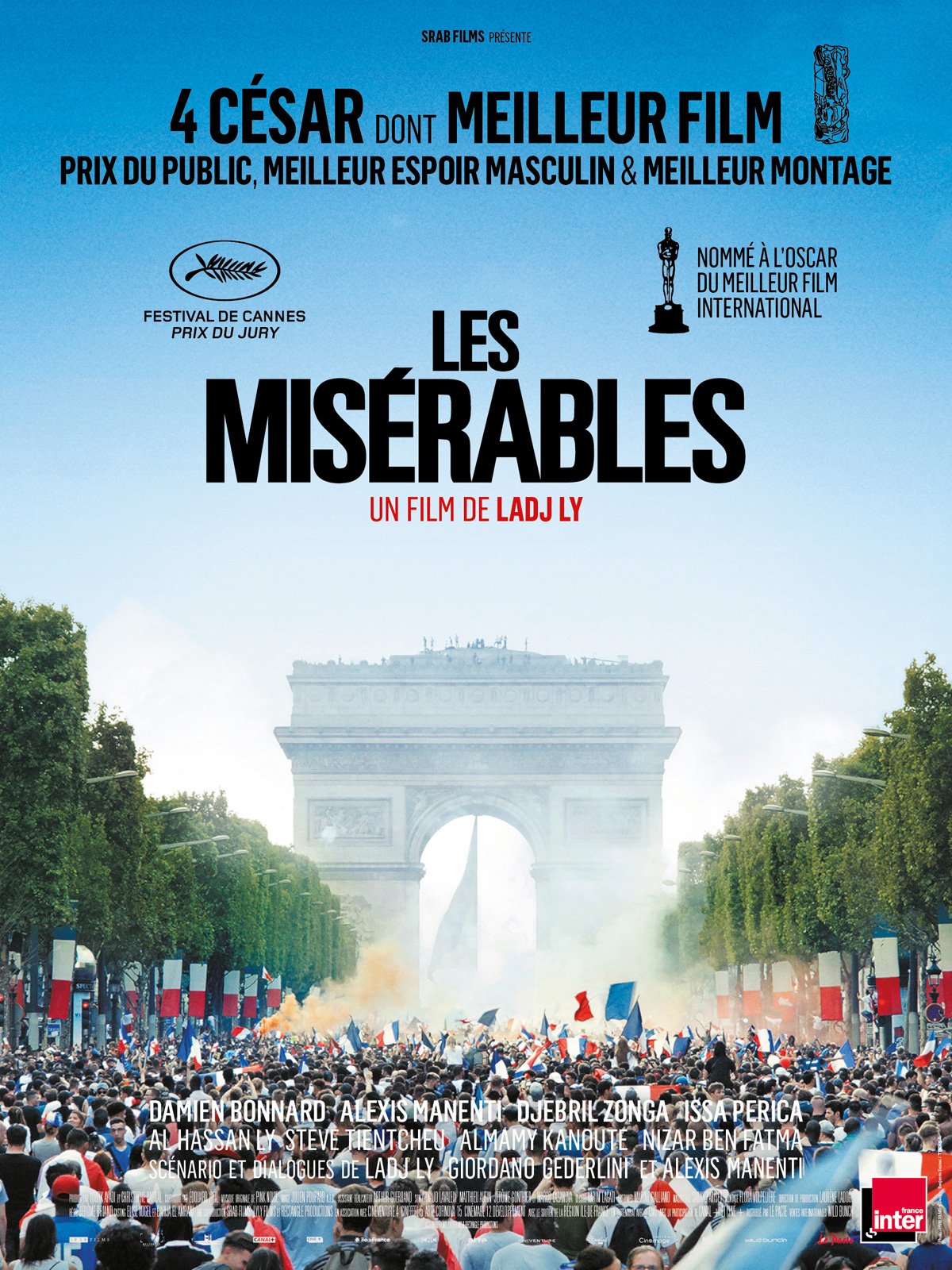

It includes Clouzot called an edition without mentioning is more desirable because it seems to have been earlier, but in reality, and to sell when pages without mention had been exhausted were sold in random pages of these securities or mention I do not. To the question mentions, this is probably quite simple: for commercial reasons of cost was made one run, some with references, some do not, for distribution during the year as always, new editions. It is also known that the work was published in all major cities at the same time, what happened a few days away. Lacroix is ?the editor Hugo Pagnerre is only the custodian to Paris, which explains the presence of the name Lacroix behind the half-title, together with that of Lacroix. To make a point about the various judgments bibliographers: While Vicar reported that the French edition is the original genuine, Clouzot saying that both are original, we must state that the Belgian edition was published two days before, but Truth does not want to date a story.


Wide margins, copy having been trimmed very little, evidence is found of a little narrower than the other layers, including engravings, the binder has retained the maximum margins. Overall, very fresh copy, but a few pages, including the first page of the preface to the first volume with foxing.

Original French edition, illustrated with very rare suite of 20 engravings on steel by Neuville and Castelli on strong paper. It’s a seminal thriller, set between the year of Waterloo and the failed revolution of 1832, and the incident-packed narrative is interrupted by essays on history, architecture, Parisian sewers, religion.Pagnerre, Paris 1862, 10 tomes en 10 Vol. Les Misérables is an uplifting, heartbreaking, sentimental 1,500-page assault on oppression, exploitation and cruelty in which the ex-convict Jean Valjean, the Christ-like victim eternally seeking redemption, is pursued from Toulon to Paris by the implacable upholder of the law, Inspector Javert. Asked who was the greatest of all French poets, he replied: “Victor Hugo, hélas!” Always known by its original French title, the book appears high on lists of the 10 longest novels but never on the 10 best, and the most famous judgment on Hugo is that of André Gide. F irst published in 1862 to a mixed reception, Victor Hugo’s massive Les Misérables – a rousing example of the expansive Victorian novels Henry James dubbed “large loose baggy monsters” – has enjoyed a continuing popular success and been filmed several dozen times since 1897.


 0 kommentar(er)
0 kommentar(er)
